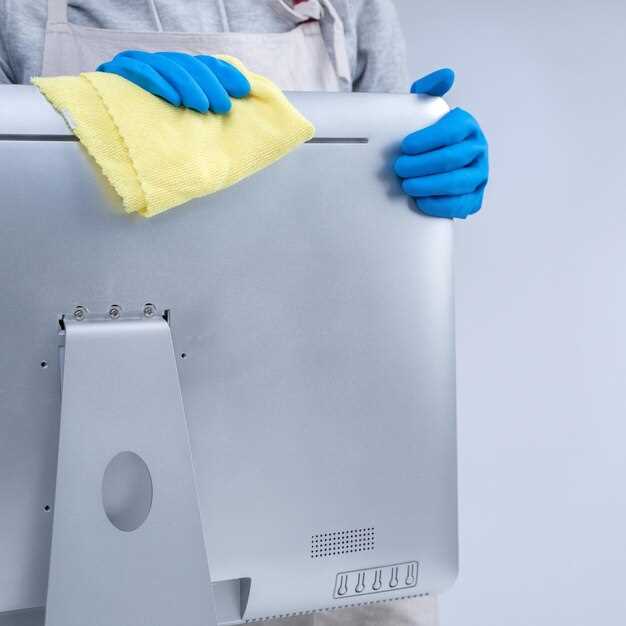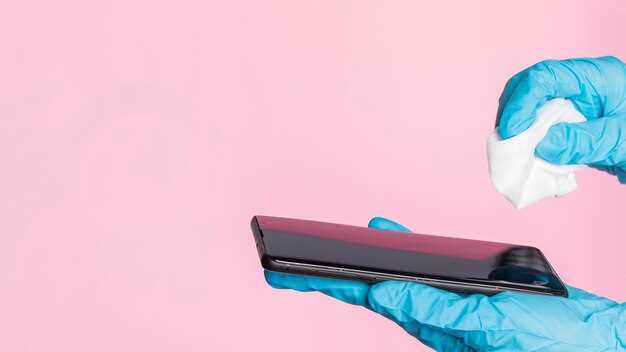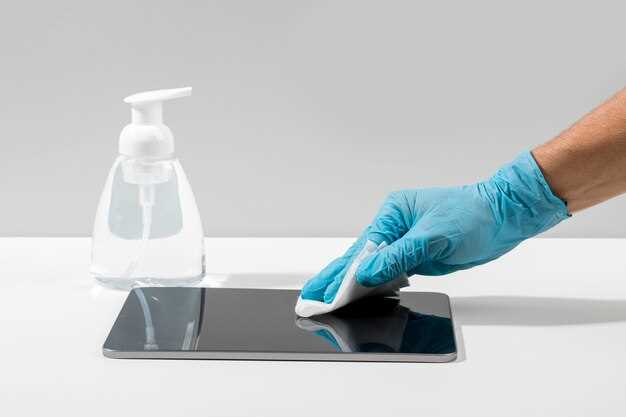
In an age where digital displays are ubiquitous, from smartphones to infotainment systems in vehicles, maintaining their pristine condition is imperative. Regular cleaning not only enhances the viewing experience but also prolongs the life of the screen. Dust, fingerprints, and smudges can obstruct visibility, leading to frustration and potential damage. This guide will walk you through essential techniques and tips for effectively cleaning and maintaining your digital displays.
Digital displays, particularly those used for infotainment purposes, often serve multiple functions, including navigation, entertainment, and communication. Given their frequent use, it’s essential to establish a routine cleaning schedule. Proper cleaning techniques can prevent the accumulation of dirt and grime that may affect screen sensitivity and clarity. In this guide, we will address the right materials and methods to ensure that your screens remain in top condition.
Understanding the specific needs of different types of screens, such as LCD, LED, and OLED, is vital for effective maintenance. Each screen type may have unique cleaning requirements, and using inappropriate methods can lead to irreversible damage. By following the guidelines outlined in this article, you will be equipped to care for your digital displays properly, enhancing both their functionality and longevity.
Choosing the Right Cleaners for Infotainment Screens

Cleaning infotainment screens requires careful consideration to avoid damaging sensitive displays. Using the wrong products can lead to screen degradation or unwanted residues. Therefore, selecting the appropriate cleaning agents is crucial for maintaining display quality.
When choosing cleaners, look for alcohol-free solutions specifically designed for electronics. These cleaners are effective at removing fingerprints, dust, and smudges without risk of damaging the screen’s coatings. Additionally, avoid products with ammonia, which can deteriorate protective layers on the display.
Microfiber cloths are recommended for application, as they do not scratch surfaces and effectively lift debris. Apply the cleaner to the cloth instead of directly onto the screen to prevent excess liquid from seeping into the device. This technique minimizes the risk of moisture damage.
For a DIY approach, a mixture of distilled water and white vinegar in a 1:1 ratio can serve as a safe and effective cleaning option. However, ensure that the solution is well-mixed and used sparingly.
Always refer to the manufacturer’s guidelines before using any cleaner, as specific recommendations may help maintain the longevity and clarity of your infotainment screen. Regular maintenance using the right products not only enhances visibility but also protects your investment.
Step-by-Step Process for Cleaning Touchscreens
Cleaning touchscreens is crucial for maintaining their functionality and appearance, especially in devices used for infotainment. Follow these steps to ensure a thorough and safe process.
Step 1: Gather Necessary Supplies
Collect a microfiber cloth, distilled water, and isopropyl alcohol (optional). Avoid paper towels as they can scratch the screen.
Step 2: Power Down the Device
Always turn off the device before cleaning to prevent any accidental touches or damage to the screen. Disconnect it from a power source if applicable.
Step 3: Prepare the Cleaning Solution
If using a cleaning solution, mix equal parts of distilled water and isopropyl alcohol in a spray bottle. If you prefer not to use alcohol, distilled water alone will suffice.
Step 4: Dampen the Cloth
Lightly spray the microfiber cloth with the cleaning solution. Ensure the cloth is damp, not dripping wet, to avoid moisture seeping into the device’s edges.
Step 5: Wipe the Screen
Gently wipe the touchscreen in circular motions. Start from the center and work your way outwards to prevent streaks. Avoid applying excessive pressure.
Step 6: Dry the Screen
Use a dry area of the microfiber cloth or a separate dry cloth to buff the screen lightly after cleaning. This step helps eliminate any remaining moisture and prevents streaking.
Step 7: Dispose of Used Materials Properly
Dispose of any used cloths or paper towels responsibly to minimize environmental impact. Reusable microfiber cloths can be washed for future use.
Step 8: Power Up the Device
Once the screen is dry, power on the device. Check for clarity and responsiveness. Regular cleaning enhances performance and prolongs the lifespan of your touchscreen.
Preventive Measures to Avoid Screen Damage
Maintaining the integrity of your digital displays is essential for preserving the quality and longevity of the devices. Implementing preventive measures can significantly reduce the risk of damage. First, ensure to use a microfiber cloth for cleaning, as it is gentle and effective in removing dust and fingerprints without scratching the surface. Avoid using paper towels or rough fabrics, which can cause micro-abrasions.
Second, consider using screen protectors. These transparent films or tempered glass shields offer an additional layer of protection against scratches, impacts, and smudges. They can be particularly beneficial for infotainment systems in vehicles, where screens are often touched and exposed to various elements.
Third, be mindful of the environment in which the screens are used. Avoid placing digital displays in direct sunlight, as UV rays can degrade the materials and affect color accuracy over time. Additionally, maintain proper humidity levels and avoid extreme temperatures to prevent internal condensation and electrical failures.
Fourth, regularly update the software of your devices. Manufacturers often release updates to fix bugs and improve performance, which can help prevent potential issues that may lead to screen damage.
Lastly, educate all users on proper usage etiquette. This includes avoiding excessive pressure on screens while interacting with them, especially in infotainment systems where touch sensitivity is crucial. By following these preventive measures, you can ensure that your digital displays remain in optimal condition for years to come.
Frequency of Cleaning Digital Displays
Cleaning digital displays is essential for maintaining optimal performance and ensuring a clear viewing experience. The frequency of cleaning depends on several factors, including the type of display, usage environment, and individual preferences. For example, screens in high-traffic areas, such as retail stores or public information kiosks, may require daily cleaning to remove fingerprints, dust, and grime.
In contrast, displays in home settings, such as televisions or computer monitors, typically require less frequent cleaning. A monthly schedule may suffice for these devices, provided they are not exposed to excessive dust or cooking residues. Regular maintenance helps preserve the integrity of the screen and prevents buildup that could impair functionality.
Infotainment displays in vehicles also warrant special attention. Given their exposure to oils from hands and environmental pollutants, it is advisable to clean these screens every couple of weeks to maintain clarity and responsiveness. Users should utilize appropriate cleaning solutions and materials to avoid damaging sensitive touch interfaces.
Ultimately, the key to effective cleaning lies in understanding the specific needs of each display type and adapting the cleaning frequency accordingly. Regular attention ensures that digital displays remain clear, functional, and visually appealing over time.
Understanding Coatings and Treatments on Screens
Modern digital displays are designed with various coatings and treatments that enhance their functionality, durability, and visual performance. Understanding these features is essential for proper care and maintenance, especially in infotainment systems where screen clarity and responsiveness are critical.
- Anti-Glare Coating: Reduces reflections and minimizes glare from ambient light sources. This treatment is especially useful in bright environments, allowing for better visibility without straining the eyes.
- Anti-Fingerprint Coating: Helps resist smudges and fingerprints, ensuring that the screen remains clean and clear. This feature is particularly important in infotainment systems where users frequently touch the display.
- Oleophobic Treatment: A specialized coating that repels oils and liquids, further enhancing the screen’s resistance to fingerprints and smudges. This treatment aids in maintaining screen cleanliness in everyday use.
- Scratch-Resistant Coating: Provides a durable layer that protects the screen from scratches and abrasions. This is crucial for infotainment systems that are subject to frequent handling and environmental wear.
- Anti-Reflective Coating: Minimizes reflections to improve visibility in a range of lighting conditions. This treatment improves user experience by enhancing the clarity of displayed information.
Regular maintenance of screens with these coatings requires specific cleaning methods to avoid damaging the treatments. Use soft, lint-free microfiber cloths and gentle cleaning solutions to maintain the integrity of these coatings. Avoid abrasive materials and harsh chemical cleaners that can strip away protective layers.
By understanding the different coatings and treatments on screens, users can make informed choices regarding their maintenance, ensuring a longer lifespan and optimal performance of their infotainment displays.
Maintaining Optimal Performance of Infotainment Systems

Infotainment systems are integral components of modern vehicles, providing entertainment, navigation, and communication functionalities. To ensure these systems perform at their best, regular maintenance and cleaning of the screens are essential.
Regular Cleaning of the screen is crucial for optimal performance. Dust, fingerprints, and smudges can impair visibility and responsiveness. Use a microfiber cloth to gently wipe the screen, avoiding harsh chemicals that may damage sensitive components. A mixture of distilled water and a small amount of isopropyl alcohol can be effective for stubborn stains when applied to the cloth, not directly on the screen.
In addition to routine cleaning, check for software updates regularly. Manufacturers often release updates that improve performance and fix bugs. Keeping the system updated ensures you benefit from the latest features and security enhancements.
Be mindful of how you interact with the infotainment system. Avoid using excessive force when touching the screen, as this can affect its responsiveness over time. Instead, use gentle taps and swipes to navigate. This practice not only enhances user experience but also prolongs the screen’s lifespan.
Another essential aspect of maintenance is ensuring the infotainment system is free from overheating. Avoid placing objects that obstruct ventilation around the system. Proper airflow prevents overheating, which can adversely affect performance and longevity.
In summary, maintaining the optimal performance of infotainment systems involves regular cleaning of the screen, timely software updates, cautious interaction, and preventing overheating. Following these guidelines will help ensure that your infotainment system remains functional and efficient for years to come.
